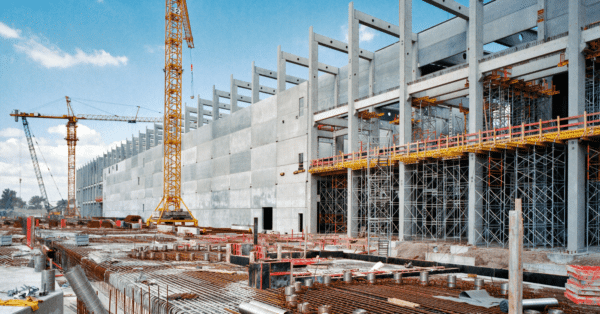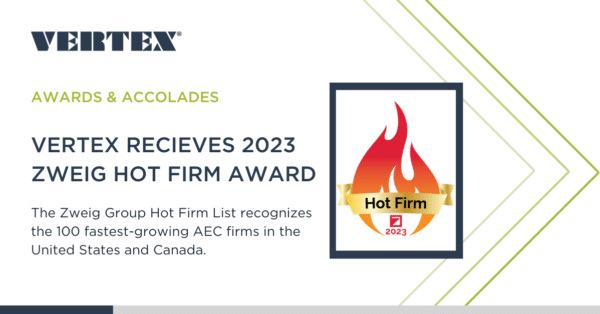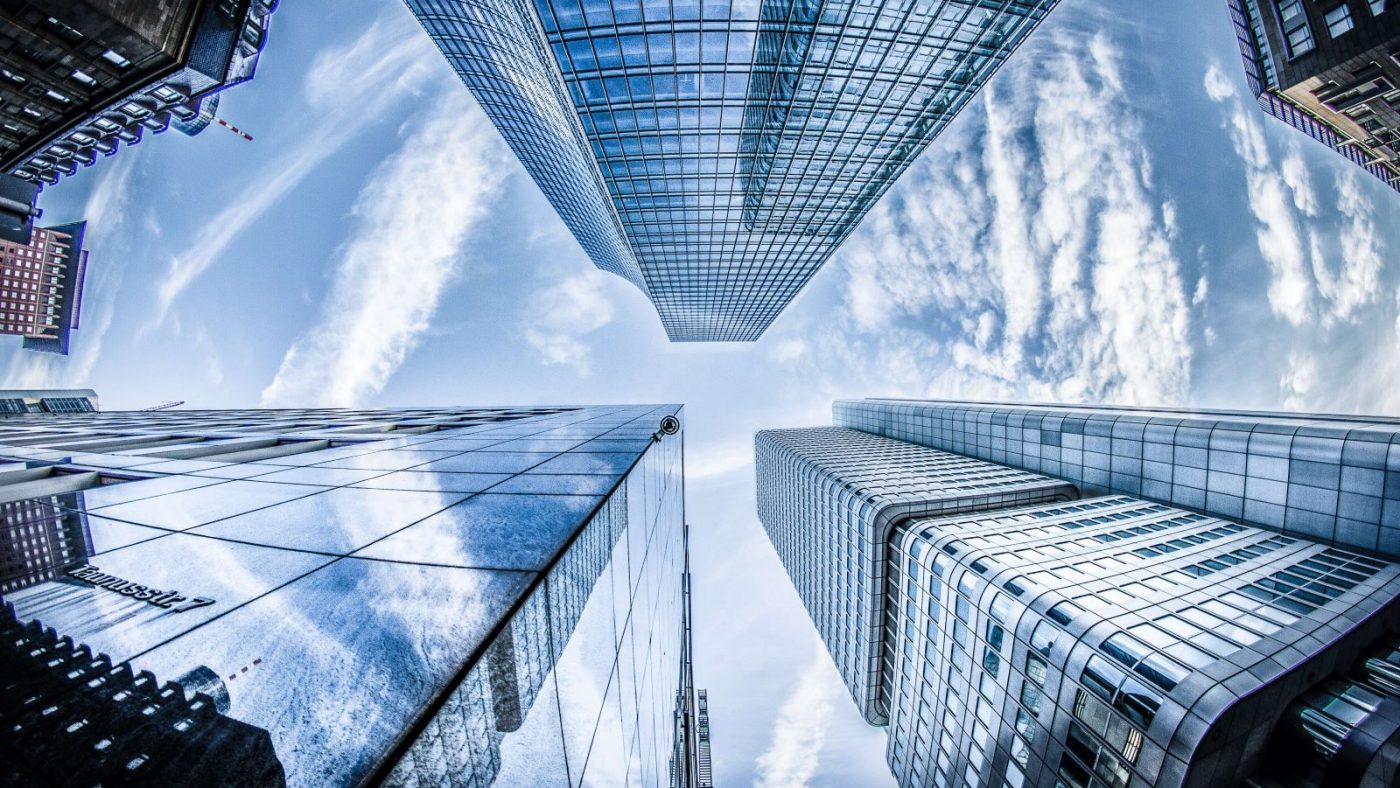Those who have followed our series of articles about balcony risk are well aware of the incoming legislation. The Balcony Bill, formally known as California Senate Bill 721, has been amended close to a dozen times, but finally passed in the state legislature with an overwhelming majority. It has been signed into law on September 17, 2018, by Governor Jerry Brown.
Balconies and decks, called “Exterior Elevated Elements” (EEE) in the bill, are common features in most multi-family buildings in California, largely due to the state’s enviable weather (droughts and wildfires aside). As indicated in our previous articles, wood-framed cantilevered balconies present areas where water intrusion, if left unchecked, can cause significant damage and pose the risk of significant injury or even death.
This new piece of legislation is aimed to prevent future balcony collapses like the tragedy in Berkeley in 2015, which left six young people dead and another seven injured. Since the average age of apartments in California is over 40 years, a large segment of the real estate rental market will be affected.
Below is a brief summary of SB721, which will help answer the most pressing questions we’re hearing:
Which buildings are affected by SB721?
- Buildings containing three or more multi-family dwelling units
- Common Interest Developments such as condos are excluded by this law, but are covered by California’s second balcony law, SB 326
- Condominium conversions sold after January 1, 2019
Who can perform the EEE Inspection?
- Licensed architects
- Licensed civil and structural engineers
- Contractors who hold A, B or C-5 licenses over five years and who has experience constructing multi-story wood-frame buildings
- Local jurisdictions can also allow specific certified building inspectors from recognized state, national or international associations (e.g., International Code Council)
When do they have to be inspected?
- For all affected buildings, the first inspection needs to be completed before January 1, 2025*
- Subsequent inspections are required every six years after January 1, 2025 (That is, inspection #2 is required by Jan 1, 2031)
- Condominium conversions sold after January 1, 2019 will need the EEE inspection conducted before first close of escrow. Afterwards they are subject to civil code section 5551 (SB 326)
*If a property was inspected 3 years prior to January 1, 2019, and the inspection report was issued stating that EEEs & waterproofing elements are in working condition, they don’t need to perform an inspection until after January 1, 2025.
Other notable requirements
- Contractors serving as the inspector cannot perform the report’s needed repair items for the building
- Building owners must apply for permits on non-emergency repairs within 120 days of receiving the report. When a permit is approved, they have 120 days to complete the repairs.
- Inspectors shall notify local enforcement if the building owner doesn’t comply with the repair requirements within 180 days. The owners can be assessed a civil penalty if the repairs aren’t completed within 30 days of the notice and could lead to a building safety lien on the property.
Construction expert Ted Bumgardner was designated as an expert for one of the cases surrounding the Berkeley Balcony failure, and he saw first-hand how balconies with soffits (plaster covering the underside) can hide signs of water damage from visual inspections. The team members now at VERTEX have since developed an efficient, cost-effective method to inspect the integrity of these structures from the inside without expensive destructive testing.
As a result of our extensive research and field-testing efforts, we have launched our Balcony Assurance Service. We have already been working with some of the industry’s most proactive building owners to assess and mitigate the risks posed by balconies and decks on their properties. We look forward to helping others achieve compliance with these new regulations, which aim to prevent future tragedies like the one in Berkeley from happening again in our state.
To learn more about VERTEX’s Construction Contracting & Consulting services or to speak with a Construction Expert, call 888.298.5162 or submit an inquiry.
This article was originally published by Xpera Group which is now part of The Vertex Companies, LLC.







